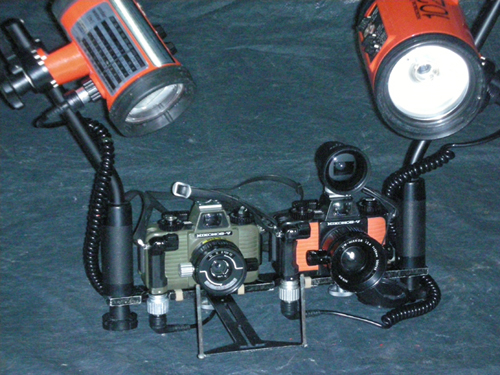Home
Under water
Staff
Film cameras Strobes & Lightenings Contact us
As
certified diver since over thirty years now and underwater photo
enthusiast, Rene use his expertize on repair and maintenance of
underwater
photo equipments. No matter it is for the famous Nikonos
system or for any other adapted underwater housing, his expertize will
meet your
expectation. He had make several underwater housings for
special applications, so he will be abble to help you on good advises
for the basics
care of your equipments. You can trust him for for more
specialized care which include the waterproof test with our hiperbaric
chamber.
Visit Rene's UW photo gallery
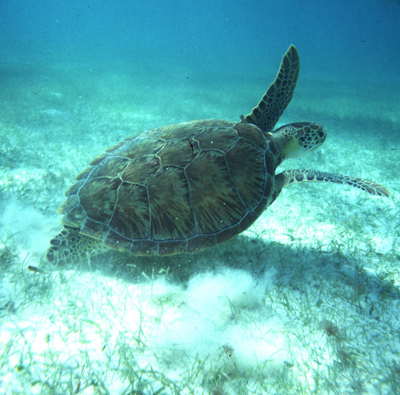
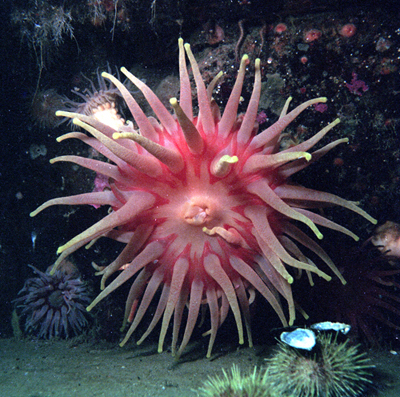
Contact us for all your needs in maintnance and rerpairs on your underwater photo products.
We also replace battery and make hyperbaric test on dive computers.
Somes advises:
Before the dive:
Before
each dive, it is strongly recommanded to check all joints and to
replace it if they are not perfecly free of defects as splits or
cracks, you
also should clean and relubricate them. To do it, you
remove the joint from it groove with a soft tool like a credit card
corner, with a soft cloth,
you clean the groove and the joint to remove
all dirt and sand, then you apply a small coat of silicone grease. Too
much grease would only help
dirt and sand to stick back onto the
surface and destroy the watertight of the joint.
All of that
has to be done in a clean place as at home or in the hotel room, never
attemp to do it outside on the beach or on the dive boat where
the wind
blow sand and dust all around. To remove the joint, never use any metal
tool which would make small scratchs on the surface that receive
the
joint, even the smallest scratch will let water to get in the housing.
After the dive:
After
every dive, all equipments should be well rinced in soft water for
several minutes to remove all salt water traces. Then, sponge the
remaining
water with a soft cloth, do not let it dry at the direct
sunlight, In the winter, or after diving in very cold water, problems
will comes by dew forming
on the equipment when you get inside. The
best way is to put your equipment in a plastic bag with it exterior air
which is generally a lot dryer than
the interior air, then, you let the
camera warming up inside it bag. Opening the back door of a cold camera
inside will produce dew direcly on the
shutterblades and elsewhere
inside the camera with desastrous long terms results.
In the worse cases:
The
worse thing to happend is, of course, water getting in the camera
housing. In that case, the first thing to do is to remove the battery,
then you
gently rinse the outside of the camera from it salt water with
a soft wet cloth, finally you put the camera in a freezer until you can
bring it to a technician.
Freezing the camera will stop the corrosion
effects.
'' NEVER COMPLETELY IMMERSE THE CAMERA IN FRESH WATER ''.
Just remember that the source of problem was water, therefore it is
useless to add more of it!
Here an old housing adapted for a Nilon V3 camera with it LED lights in daylight and UV.
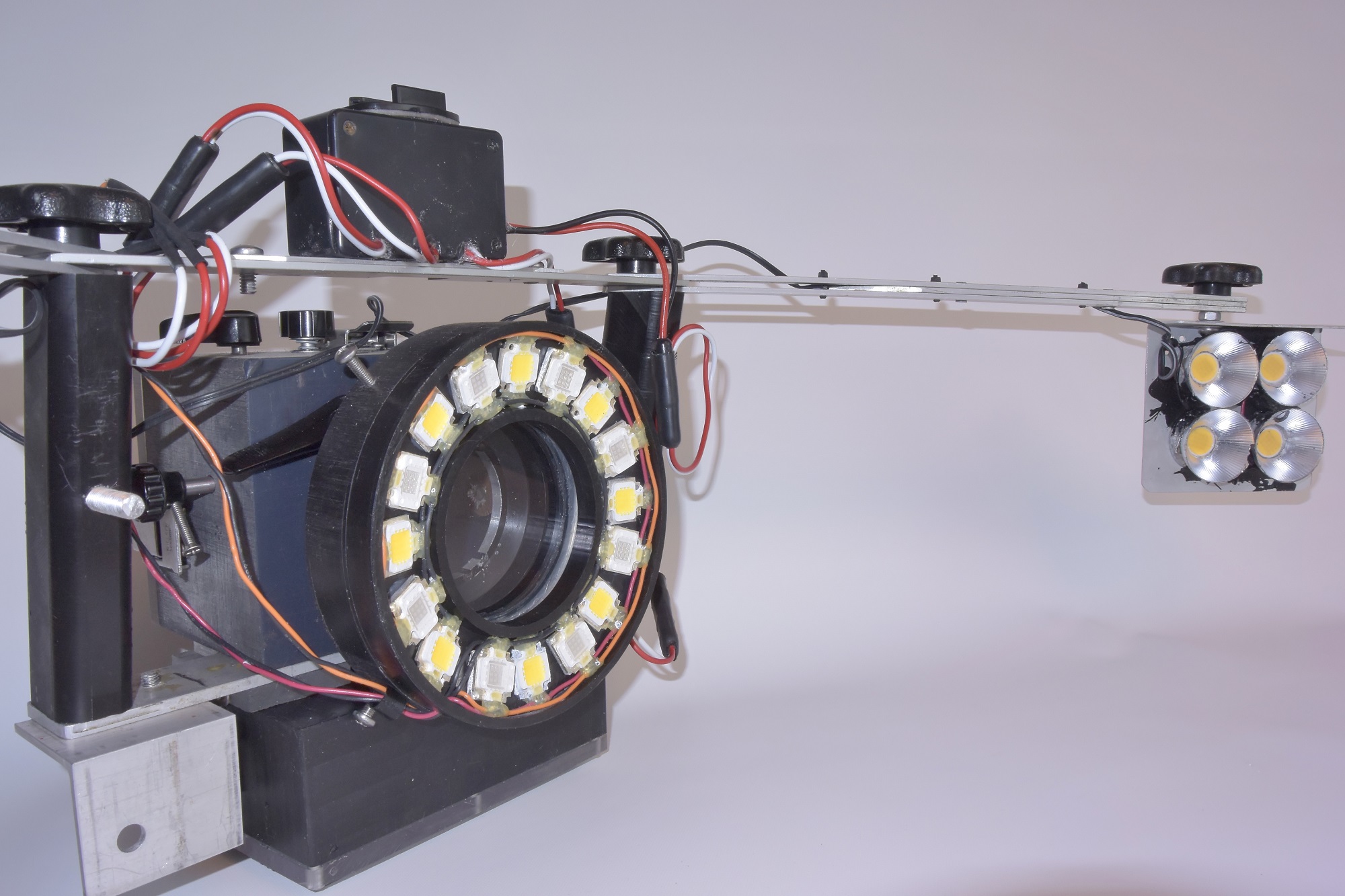
A rear view showing the LCD viewer adapted to the Nikon V3 housing.
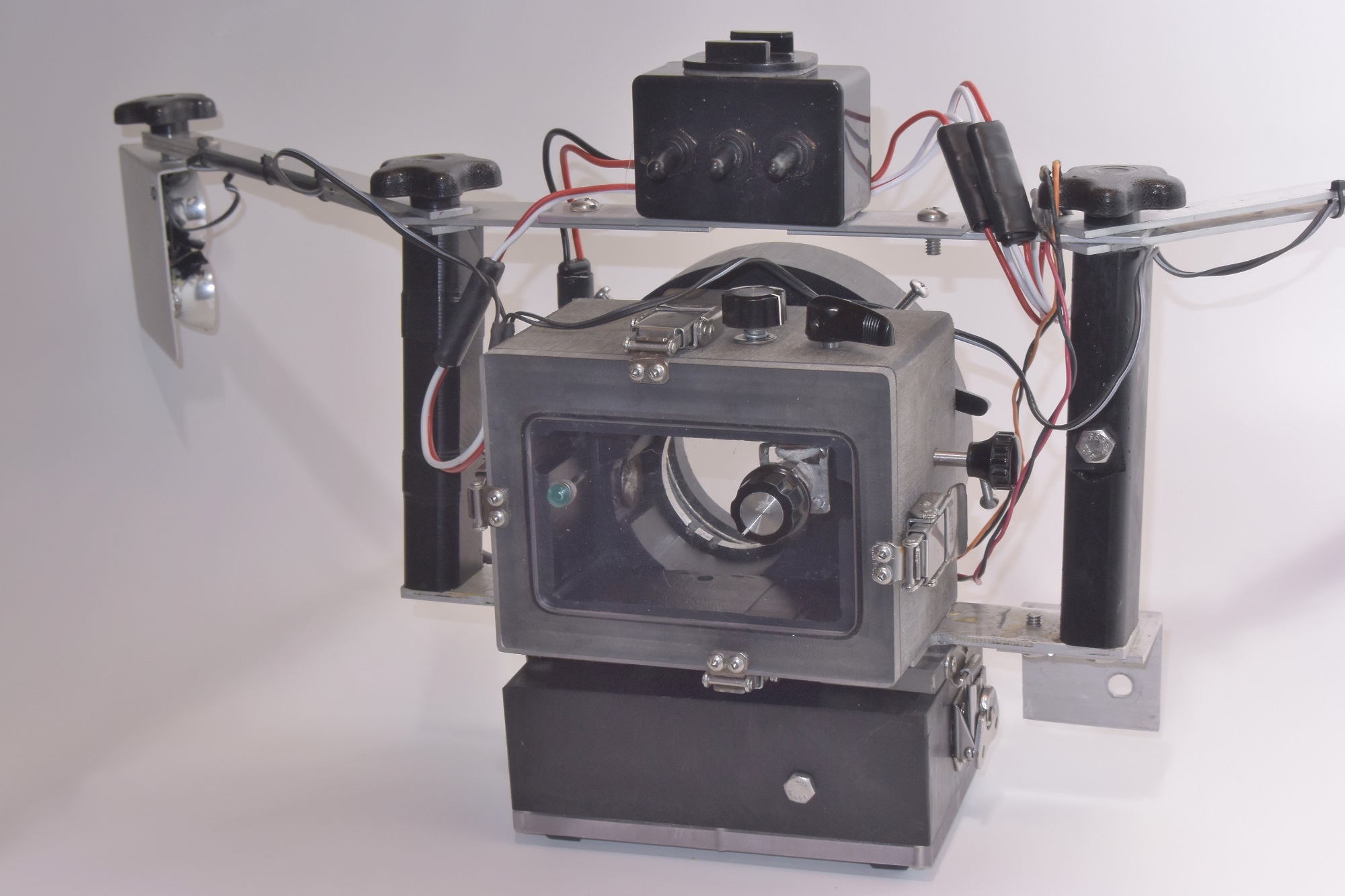
Here both Hasselblad still camera mounted just above the Canon GL-2 video camera, each with their own
lightening system. A bit heavy but make dive more productive...
Pictured by Raynald Gilbert with one of my Nikonos V and SB-105 flash unit.
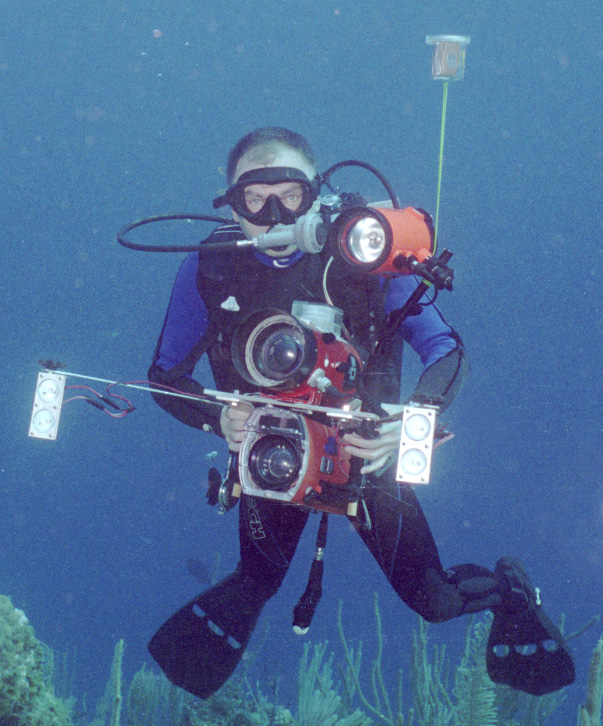
To optimize divetime, two Nikonos V on the same bracket, the first with a wide angle lens for average
photography and the other one with extension tube and frame for macrophotography.
